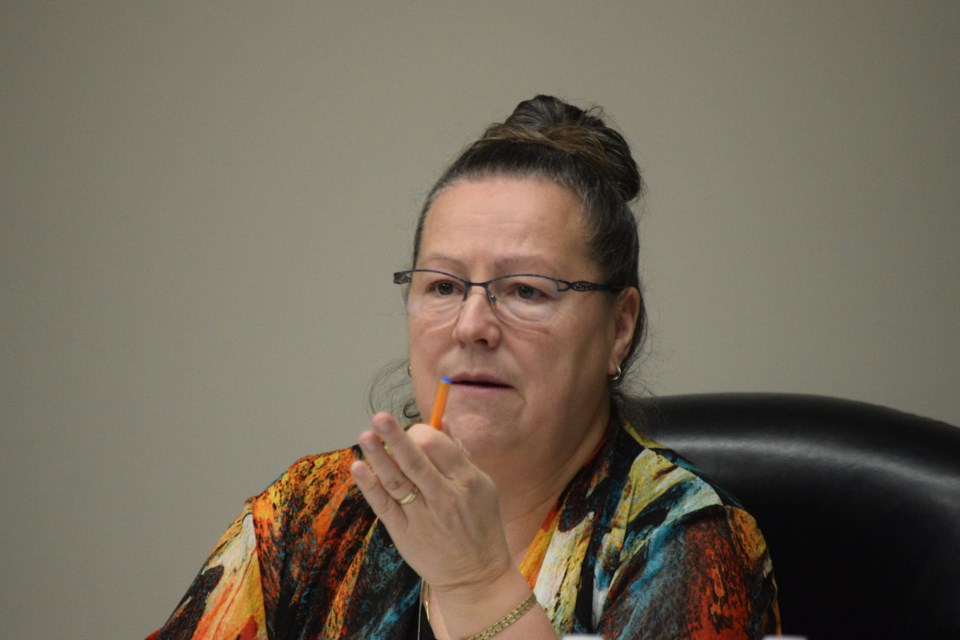BARRHEAD - The County of Barrhead will have roughly $170,000 extra when they draft the final 2024 operating budget.
Finance director Tamara Molzahn told councillors during their Dec. 19 meeting that staff did not include the amount they will receive as part of their Local Government Fiscal Framework (LGFF) allotment.
LGFF replaces the Municipal Sustainability Initiative (MSI) grant.
The province created MSI in 2007 to help municipalities with infrastructure deficits.
"Historically, we've gotten about $173,000 [in MSI] funding annually, but in 2023, we got a one-time doubling," she said.
However, on Dec. 15, the province gave them more details on what LGFF funding would look like for municipalities they learned they would once again receive the same amount as in 2023.
"One of the good things is that under the Local Government Fiscal Framework Act, we know what we will be getting two years in advance," she said.
The new funding comes from two funding pots, with the two charter cities, Edmonton and Calgary, in one fund with its prescribed funding formula and the other of the province's municipalities coming from another pool.
In 2024, the charter cities' pool has been set at $382 million, while the rest of the province will share $340 million.
"[The LGFF] is tied to provincial revenue and is based on the three years prior," Molzahn said. "So the 2025 funding will be the growth between the 2021-22 and 2022-23 fiscal period."
The province set LGFF base funding at $160,000 for municipalities and $60,000 for summer villages, with three per cent of the overall funding pool reserved for municipalities with populations under 10,000.
Molzahn said this is an increase over the MSI funding model that sets the base funding amount for municipalities with populations under $10.000 at $120,000.
"Other differences in the LGFF funding formula are that 65 per cent is based on population [compared with 48 per cent for MSI], 15 per cent for tangible capital assets, 10 per cent for amortization [of the tangible capital assets] and 10 per cent given for the number of kilometres of local roads [compared to four per cent under the MSI model]," she said.
Molzahn said the reaction of the Rural Municipalities of Alberta (RMA) was mixed.
"They did like that the formula includes amortization of tangible capital assets and the increase for roads, but they did not like the emphasis it placed on population," she said.
According to RMA's analysis, population is more strongly linked to operation costs than capital costs.
Reeve Doug Drozd asked what the reaction of Alberta Municipalities (ABMunis) was.
RMA is an independent association comprising Alberta's 69 counties and municipal districts. Its purpose is to advocate for issues impacting rural municipalities at the provincial and federal levels, while ABMunis advocates for the province's urban municipalities.
Molzahn did not know, but a Dec. 15 statement by the organization said the new LGFF funding formula "missed the mark".
"The $722 million in LGFF baseline funding does not begin to address Alberta's $30 billion (and growing) infrastructure deficit. For the past nine months, ABmunis has been calling on the provincial government to increase this amount by $1 billion to $1.75 billion," the release stated. "Albertans, including those who have newly arrived, expect their infrastructure requirements to be met."
County manager Debbie Oyarzun interjected the LGFF funding announcement, which is ultimately good news for the municipality; they hoped for much better.
"If [LGFF] is based on asset management, which it appears to be, and we know that municipalities across the province are lagging in maintaining their assets, then how are we supposed to do that, based on the funding the province provides?" she said.
Drozd agreed, adding that the LGFF funding formula emphasizes population rather than infrastructure too much.

.jpg;w=120;h=80;mode=crop)

